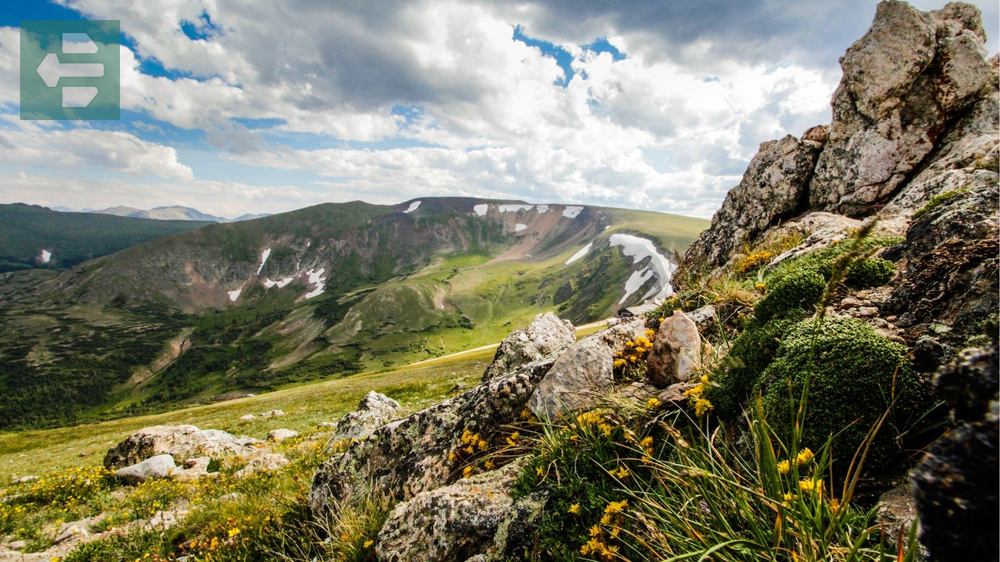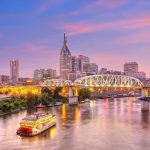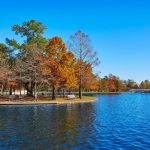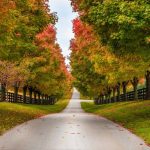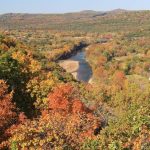Colorado delivers raw mountain beauty and endless adventure across its diverse landscapes. From the towering peaks of Rocky Mountain National Park to the ancient cliff dwellings of Mesa Verde, destinations like Aspen, Denver, and Great Sand Dunes offer something for every traveler.
Keep reading as we explore the best places to visit in Colorado that will transform your next adventure into an unforgettable mountain experience.
List of Contents
- 1. Rocky Mountain National Park: Where Silence Speaks Loudest
- 2. Great Sand Dunes National Park and Preserve: America's Tallest Beach
- 3. Garden of the Gods (Colorado Springs): Geology in Motion
- 4. Mesa Verde National Park: Ancient Architecture
- 5. Black Canyon of the Gunnison: Shadows and Stone
- 6. Denver: Mile-High Culture Hub
- 7. Aspen: Four Mountains, One Town
- 8. Breckenridge: Gold Rush Legacy
- 9. Telluride: Box Canyon Beauty
- 10. Durango: Steam Train Gateway
- 11. Crested Butte: Wildflower Capital
- 12. Pikes Peak (Colorado Springs): America's Mountain
- 13. Boulder: Flatirons and Philosophy
- 14. Steamboat Springs: Champagne Powder Country
- Your Colorado Adventure Awaits
1. Rocky Mountain National Park: Where Silence Speaks Loudest
Rocky Mountain National Park stretches across 415 square miles of pristine wilderness. Trail Ridge Road climbs to 12,183 feet, making it one of the highest paved roads in North America.
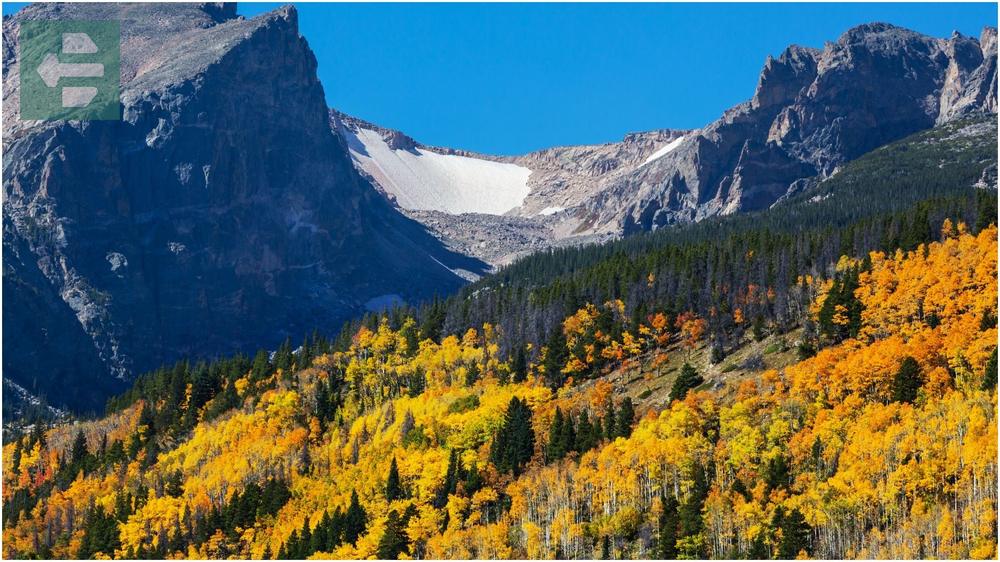
Elk gather in Horseshoe Park during autumn mornings. I watched a bull elk bugle at sunrise from Sprague Lake—the sound echoed off the mountains for what felt like minutes. The silence that followed was deeper than any I'd known.
Winter closes Trail Ridge Road beyond the Kawuneeche Visitor Center, but snowshoe trails remain open. Alberta Falls freezes into sculptural ice formations that change daily.
Quick Facts
- Peak Season: June-September
- How to Get There: US-36 from Boulder or US-34 from Loveland
- Entrance Fee: From $30 per vehicle (7 days)
- Suggested Stay: 2-3 days
- Key Areas: Bear Lake, Sprague Lake, Alberta Falls, Trail Ridge Road
2. Great Sand Dunes National Park and Preserve: America's Tallest Beach
The dunes rise 750 feet from the San Luis Valley floor. Sand temperatures reach 140°F in summer, hot enough to burn bare feet.
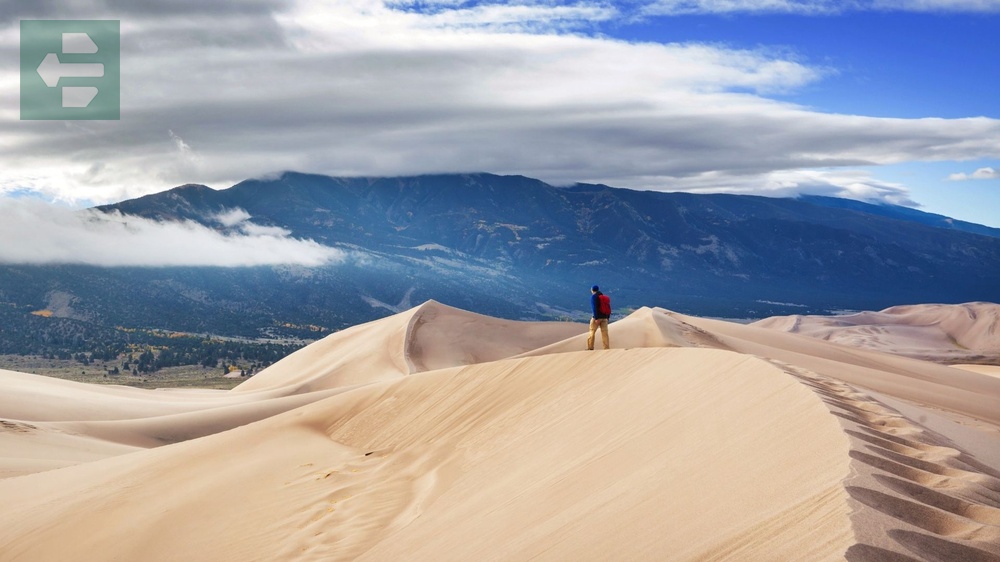
Visit at dawn or dusk when the sand cools and light creates dramatic shadows across the ridges. Medano Creek flows seasonally, creating a natural water playground at the dunes' base.
Sandboarding works best on the steeper north-facing slopes. Rent boards in nearby Alamosa—the sand here is too fine for skiing.
Quick Facts
- Peak Season: May-September (avoid summer midday heat)
- How to Get There: Highway 150 from Alamosa
- Entrance Fee: From $25 per vehicle (7 days)
- Suggested Stay: 1-2 days
- Key Areas: High Dune, Star Dune, Medano Creek, Mosca Pass
3. Garden of the Gods (Colorado Springs): Geology in Motion
Red sandstone formations jut from the earth at impossible angles. The park's 1,367 acres showcase 300 million years of geological history in a single glance.

Balanced Rock stands 700 tons heavy on a base smaller than a car. The formation has balanced this way for thousands of years, defying both gravity and time.
Walk the Central Garden Trail early morning when tour buses haven't arrived. The Trading Post offers free maps and educational displays about the area's geological forces.
Quick Facts
- Peak Season: March-October
- How to Get There: Garden of the Gods Road from Colorado Springs
- Entrance Fee: Free
- Suggested Stay: Half day
- Key Areas: Balanced Rock, Kissing Camels, Cathedral Rock, Three Graces
4. Mesa Verde National Park: Ancient Architecture
Mesa Verde preserves over 5,000 archaeological sites spanning 700 years of ancestral Puebloan culture. Cliff Palace contains 150 rooms and housed approximately 100 people.
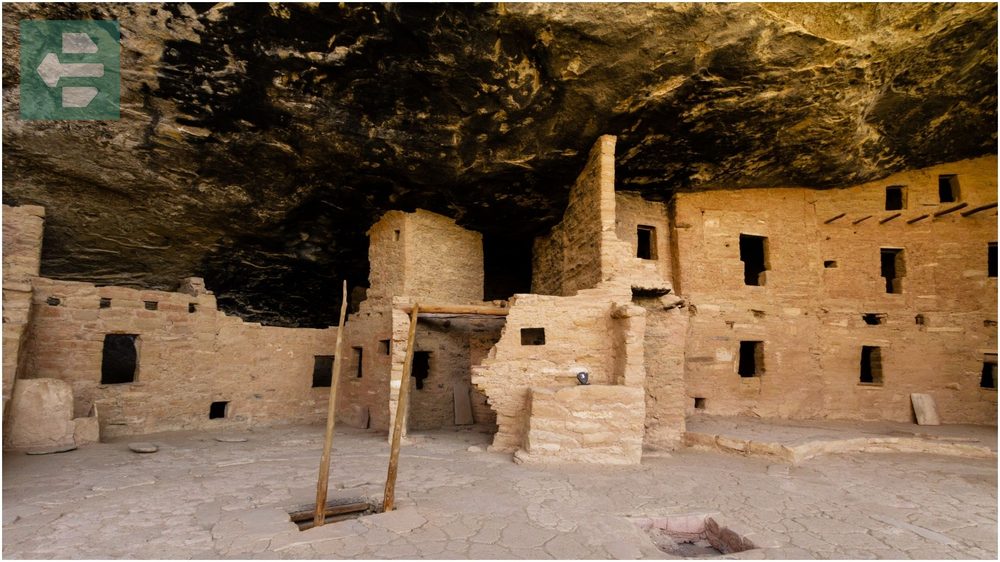
The Balcony House tour requires climbing 32-foot ladders and crawling through an 18-inch tunnel. Rangers guide visitors through passages the ancient builders used daily.
Visit in late afternoon when western light illuminates the cliff dwellings. The sandstone glows amber, and you can almost hear the voices of families who lived here centuries ago.
Quick Facts
- Peak Season: May-October
- How to Get There: US-160 west from Durango
- Entrance Fee: From $30 per vehicle (7 days)
- Suggested Stay: 1-2 days
- Key Areas: Cliff Palace, Balcony House, Long House, Chapin Mesa
5. Black Canyon of the Gunnison: Shadows and Stone
The canyon's dark walls drop 2,722 feet to the Gunnison River below. Some sections receive only 33 minutes of sunlight per day.
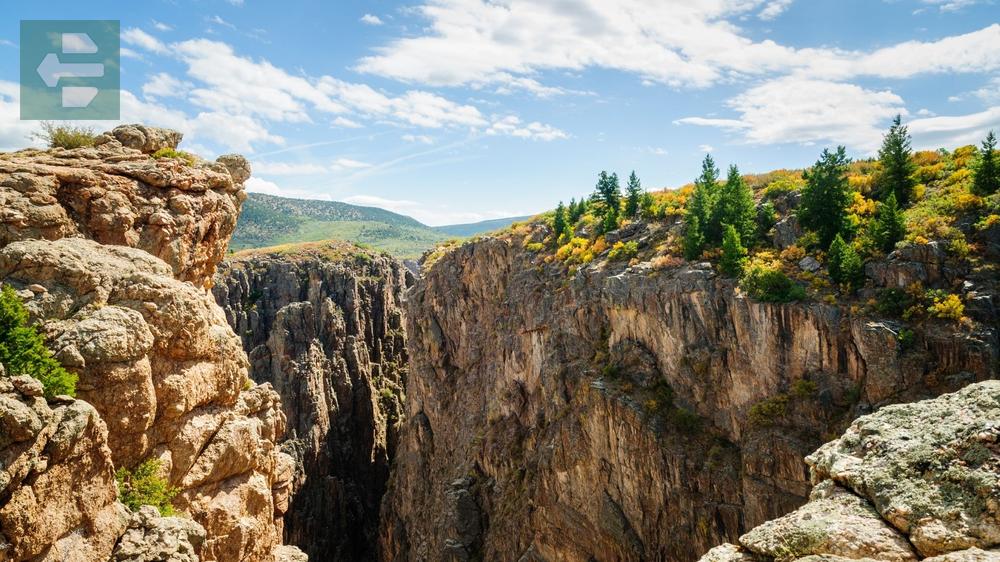
South Rim Drive offers seven overlooks in 7 miles. Warner Point provides the canyon's most dramatic perspective—sheer walls disappearing into shadows so deep they seem endless.
Sunrise illuminates the east-facing walls in brief, spectacular light shows. Bring a headlamp for pre-dawn positioning. The canyon reveals its secrets only to those who wait.
Quick Facts
- Peak Season: May-October (South Rim open year-round)
- How to Get There: Highway 347 south from Montrose
- Entrance Fee: From $30 per vehicle (7 days)
- Suggested Stay: 1-2 days
- Key Areas: Pulpit Rock, Chasm View, Warner Point, Devil's Lookout
6. Denver: Mile-High Culture Hub
Denver sits exactly 5,280 feet above sea level. The 13th step of the State Capitol building marks the precise mile-high elevation.
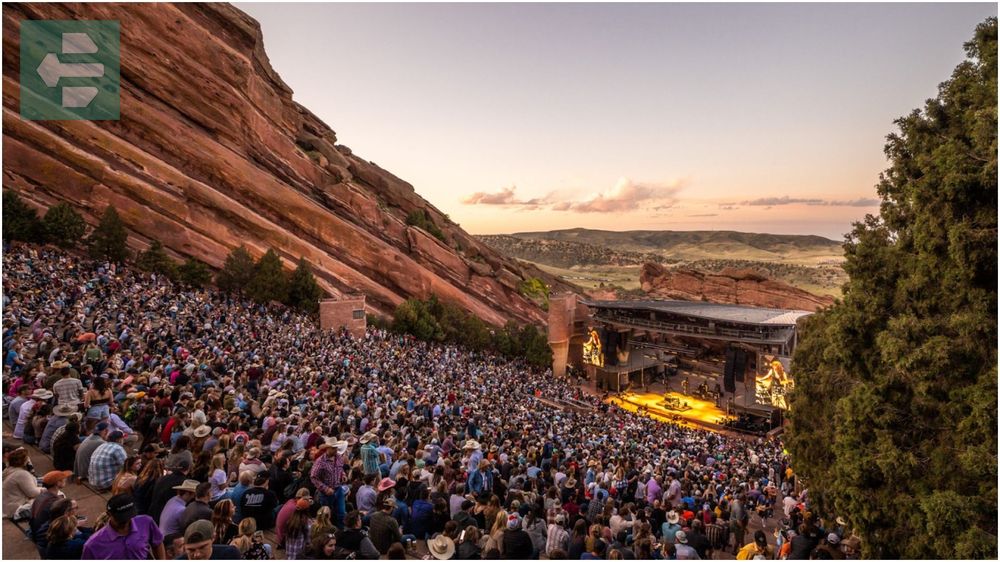
The Art District on Santa Fe features 35 galleries within six blocks. First Friday Art Walks draw crowds, but Tuesday afternoons offer intimate conversations with working artists.
Union Station transformed from a 1914 train terminal into Denver's living room. The Great Hall's arched ceilings echo with conversations in dozen languages daily.
Quick Facts
- Peak Season: Year-round (spring-fall ideal)
- How to Get There: Denver International Airport or I-25/I-70
- Entrance Fee: N/A (city)
- Suggested Stay: 2-3 days
- Key Areas: LoDo, RiNo, Capitol Hill, Cherry Creek
7. Aspen: Four Mountains, One Town
Four ski areas surround Aspen in every direction. Snowmass offers 3,362 acres of terrain, while Aspen Highlands features the famous Highland Bowl.
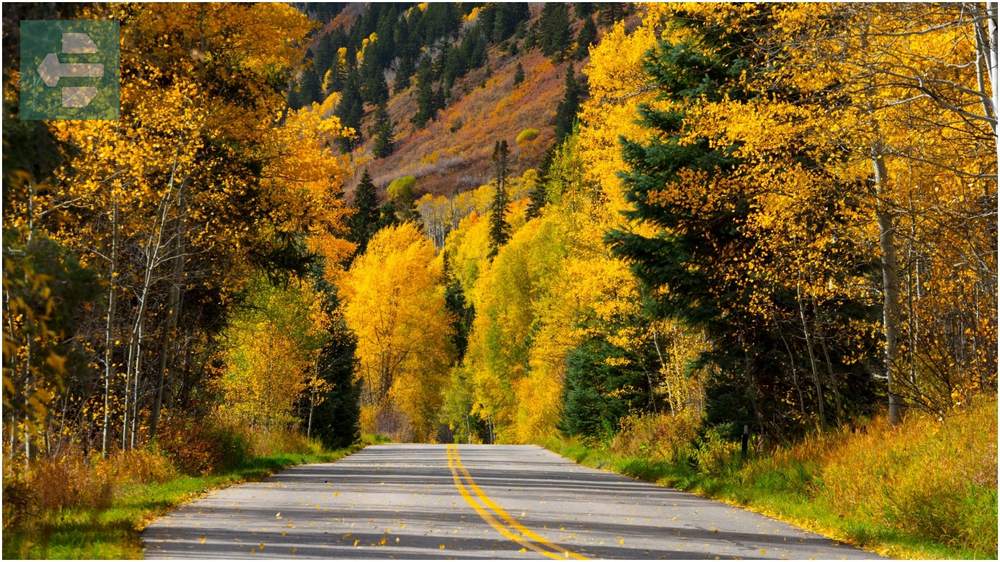
Summer transforms ski slopes into hiking trails. The Maroon Bells reflect perfectly in Maroon Lake during calm mornings. Arrive before 8 AM to avoid shuttle requirements and crowds.
Wagner Park hosts free concerts throughout summer. Locals spread blankets on the grass while music echoes off the surrounding peaks.
Quick Facts
- Peak Season: December-March (winter), June-September (summer)
- How to Get There: Highway 82 from Glenwood Springs
- Entrance Fee: N/A (resort town)
- Suggested Stay: 3-4 days
- Key Areas: Maroon Bells, Ajax Mountain, Snowmass, Castle Creek
8. Breckenridge: Gold Rush Legacy
Breckenridge sits at 9,600 feet, making it one of America's highest incorporated cities. Main Street preserves 254 historic structures from the 1880s gold boom.
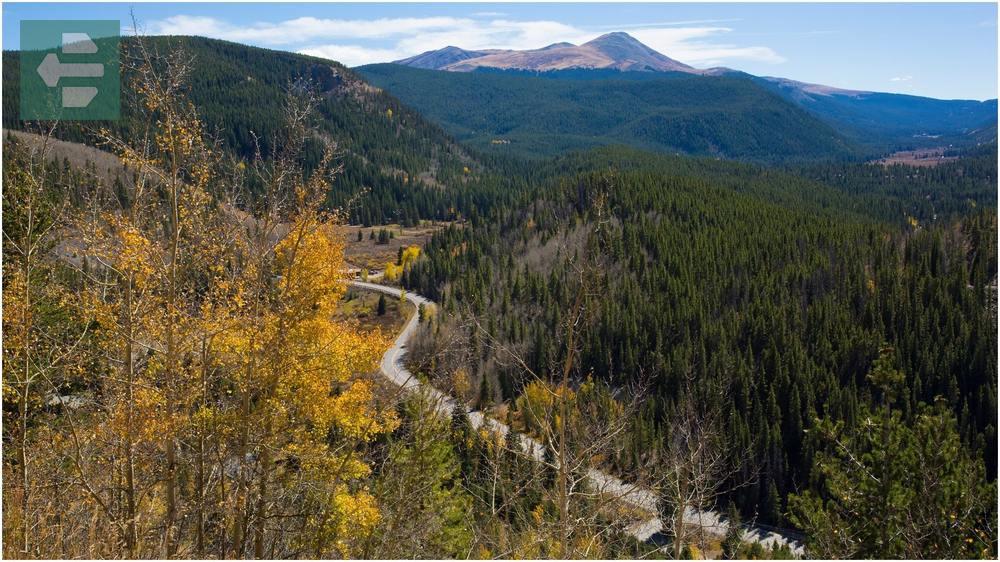
Peak 8 offers 360-degree views from 12,998 feet. The scenic chairlift operates summer and winter, though afternoon thunderstorms build quickly above treeline.
Country Boy Mine provides underground tours of authentic gold mining tunnels. The temperature stays 47°F year-round—bring layers regardless of surface weather.
Quick Facts
- Peak Season: December-March (skiing), June-September (hiking)
- How to Get There: I-70 west to Highway 9 south
- Entrance Fee: N/A (resort town)
- Suggested Stay: 2-3 days
- Key Areas: Main Street, Peak 8, Boreas Pass, Dillon Reservoir
9. Telluride: Box Canyon Beauty
Telluride occupies a box canyon surrounded by 13,000-foot peaks on three sides. Bridal Veil Falls drops 365 feet from a hanging valley above town.
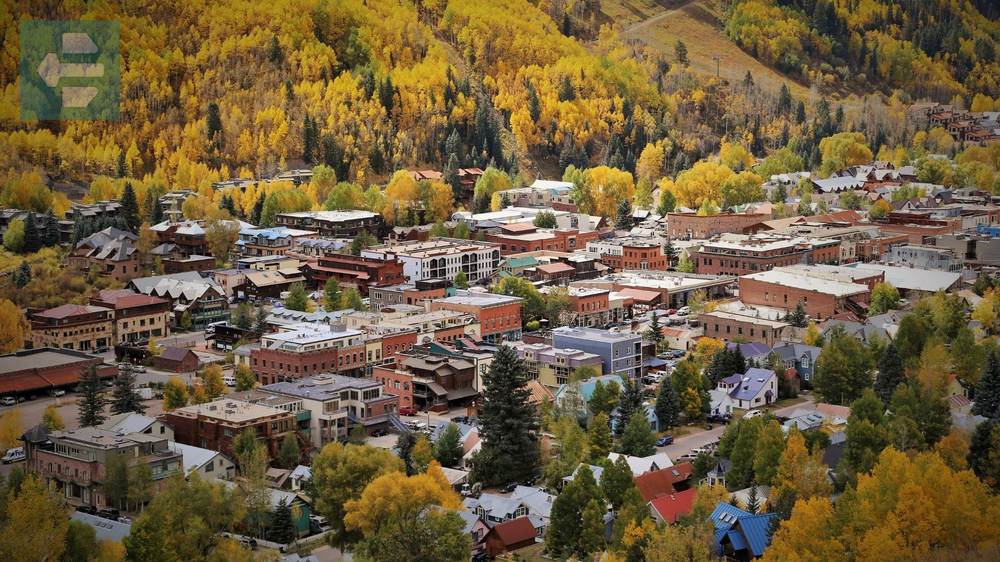
The free gondola connects Telluride to Mountain Village in 13 minutes. Evening rides offer sunset views across the San Juan Mountains.
During summer, I hiked the Bear Creek Trail to a series of waterfalls hidden in the canyon walls. The sound of rushing water followed me for miles, growing louder as I climbed higher.
Quick Facts
- Peak Season: December-March (skiing), July-September (festivals)
- How to Get There: Highway 145 from Cortez or Ridgway
- Entrance Fee: N/A (resort town)
- Suggested Stay: 2-3 days
- Key Areas: Bridal Veil Falls, Bear Creek, Mountain Village, Town Park
10. Durango: Steam Train Gateway
The Durango & Silverton Narrow Gauge Railroad has operated since 1882. Coal-fired locomotives pull vintage cars through the Animas River Canyon on tracks carved into cliff faces.
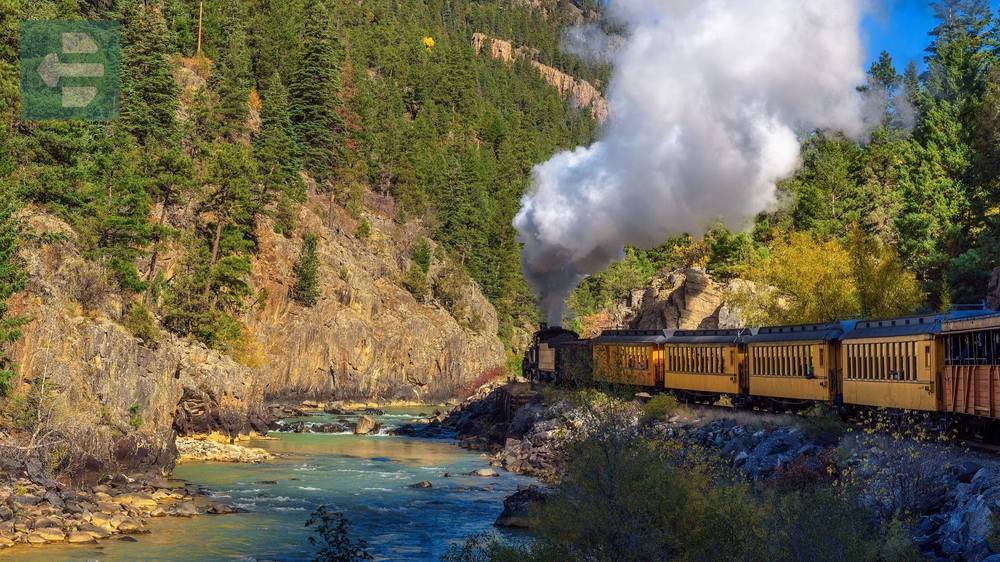
The train journey to Silverton takes 3.5 hours each direction. Book months ahead for summer trips—seats fill quickly for this authentic steam experience.
Downtown Durango's historic district features breweries housed in century-old buildings. Local tip: Ska Brewing's True Blonde pairs perfectly with green chile anything.
Quick Facts
- Peak Season: May-October
- How to Get There: US-160 from Cortez or US-550 from Montrose
- Entrance Fee: N/A (city)
- Suggested Stay: 2 days
- Key Areas: Historic Downtown, Animas River, Purgatory Resort, La Plata Mountains
11. Crested Butte: Wildflower Capital
Crested Butte transforms into Colorado's wildflower capital each July. Alpine sunflowers, Indian paintbrush, and lupine carpet entire mountainsides in brilliant color.
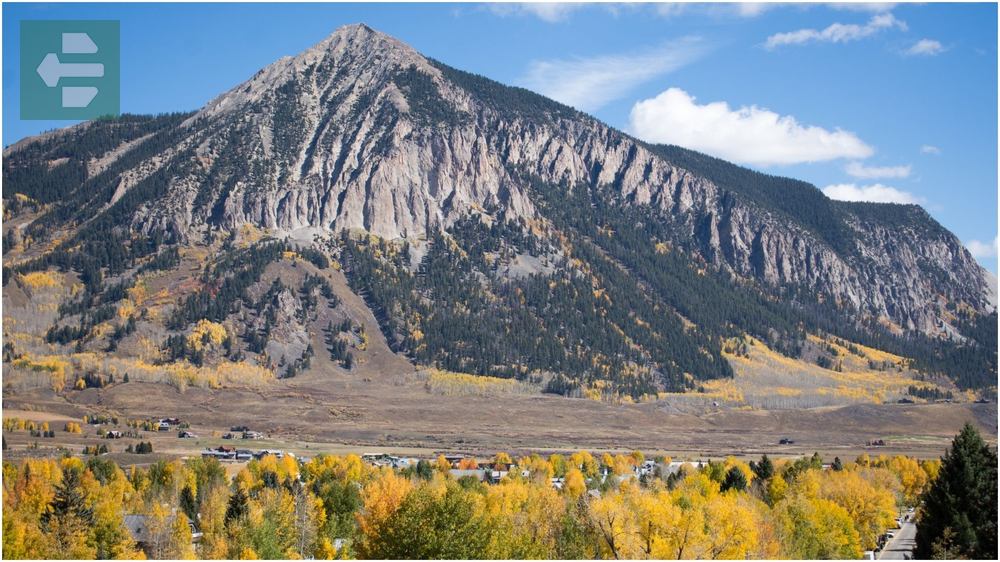
The town sits at 8,885 feet in a valley surrounded by 12,000-foot peaks. Victorian-era buildings line Elk Avenue, preserved from the 1880s coal mining boom.
Mountain biking trails radiate from town in all directions. The 401 Trail offers moderate singletrack through aspen groves that turn golden each September.
Quick Facts
- Peak Season: July-August (wildflowers), December-March (skiing)
- How to Get There: Highway 135 north from Gunnison
- Entrance Fee: N/A (resort town)
- Suggested Stay: 2-3 days
- Key Areas: Paradise Divide, Kebler Pass, Mount Crested Butte, Gothic
12. Pikes Peak (Colorado Springs): America's Mountain
Pikes Peak rises 14,115 feet above sea level. The summit inspired “America the Beautiful” when Katharine Lee Bates viewed the landscape in 1893.
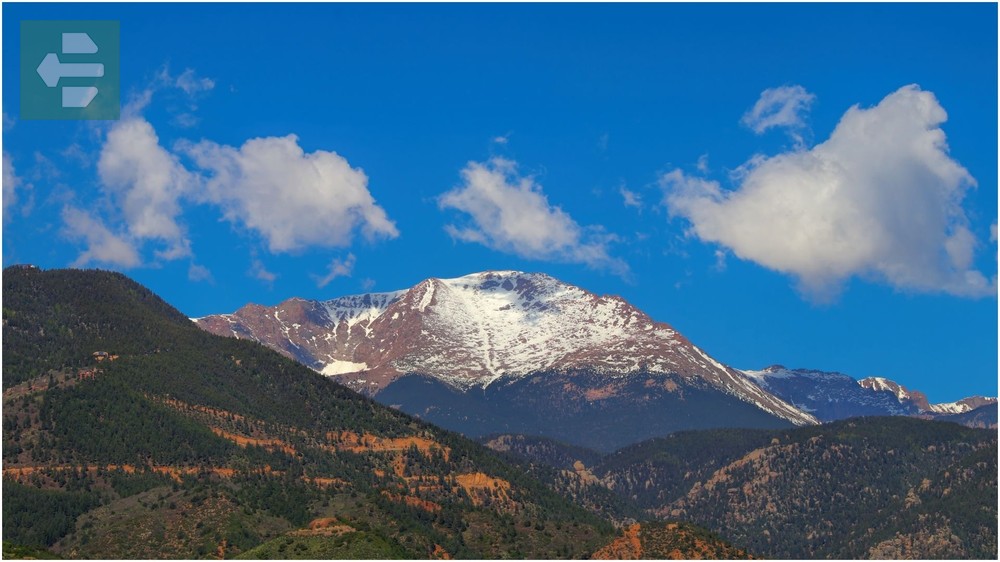
Three routes lead to the summit: driving the Pikes Peak Highway, hiking the Barr Trail, or riding the Pikes Peak Cog Railway. The cog railway reopened in 2021 after extensive renovations.
Altitude affects everyone differently above 14,000 feet. Drink water constantly and descend if you experience headaches or nausea.
Quick Facts
- Peak Season: May-October (weather dependent)
- How to Get There: Pikes Peak Highway from Cascade
- Entrance Fee: From $15 per adult (cog railway extra)
- Suggested Stay: Half day
- Key Areas: Summit House, Crystal Reservoir, Glen Cove, Bottomless Pit
13. Boulder: Flatirons and Philosophy
The Flatirons rise directly from Boulder's western edge like giant stone slabs. These tilted sandstone formations create a dramatic backdrop for the city's outdoor culture.

Pearl Street Mall buzzes with street performers and local musicians. The outdoor pedestrian mall spans four blocks and hosts year-round festivals and markets.
Chautauqua Park provides direct access to hiking trails leading into the Flatirons. The Dining Hall serves meals as it has since 1898, when the park opened as a cultural retreat.
Quick Facts
- Peak Season: Year-round (April-October ideal)
- How to Get There: US-36 northwest from Denver
- Entrance Fee: N/A (city)
- Suggested Stay: 1-2 days
- Key Areas: Pearl Street Mall, Chautauqua Park, University of Colorado, Eldorado Canyon
14. Steamboat Springs: Champagne Powder Country
Steamboat Springs averages 334 inches of snow annually. The mountain's north-facing slopes preserve powder conditions days after storms pass.
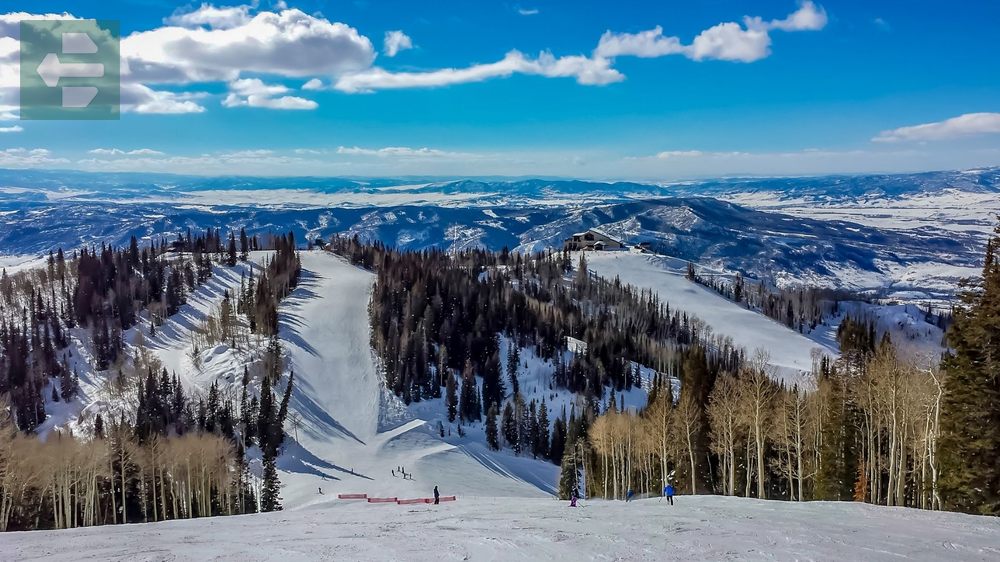
Natural hot springs dot the Yampa Valley. Strawberry Park Hot Springs requires a 100-yard walk from the parking area, but the natural stone pools are worth the effort.
The town hosts the Winter Carnival each February, featuring ski jumping competitions and snow sculpture contests. Locals have celebrated winter here since 1914.
Quick Facts
- Peak Season: December-March (skiing), June-August (hiking)
- How to Get There: US-40 west from Denver via Rabbit Ears Pass
- Entrance Fee: N/A (resort town)
- Suggested Stay: 3-4 days
- Key Areas: Steamboat Ski Resort, Fish Creek Falls, Rabbit Ears Pass, Strawberry Park
Your Colorado Adventure Awaits
Colorado's best places to visit offer more than scenic beauty—they provide moments that stay with you long after you return home. Whether you're watching sunrise paint the Maroon Bells or listening to elk bugle in Rocky Mountain National Park, these destinations create memories that deepen with time.
Pack layers for elevation changes. Bring a camera for landscapes that demand to be shared. Most importantly, allow extra time for the unexpected detours that often become the best parts of any Colorado journey.
The mountains are calling. Your adventure begins the moment you answer.
